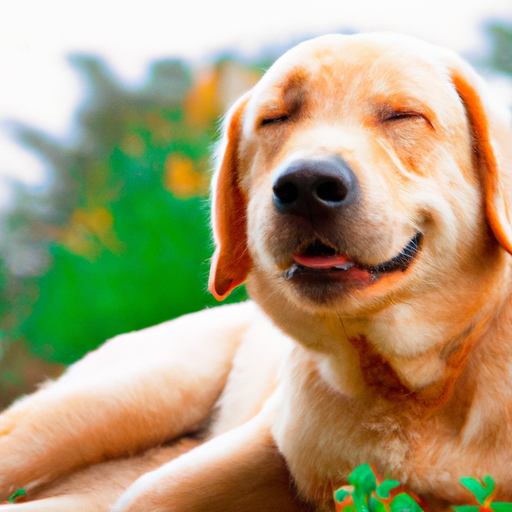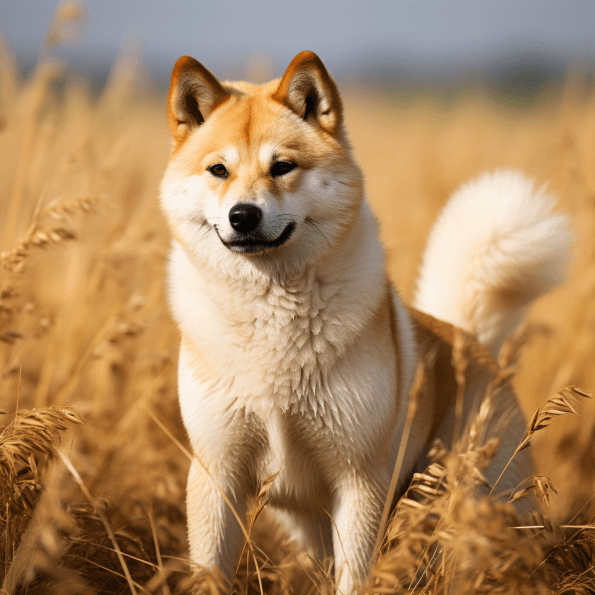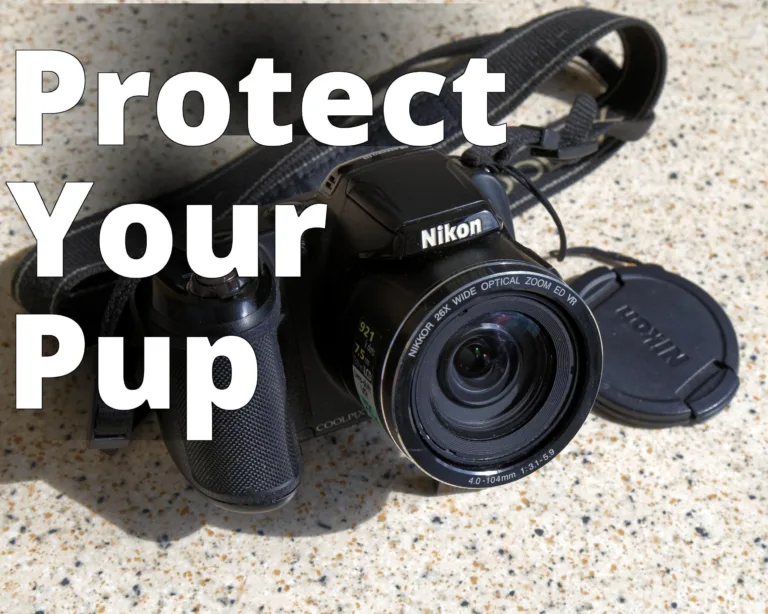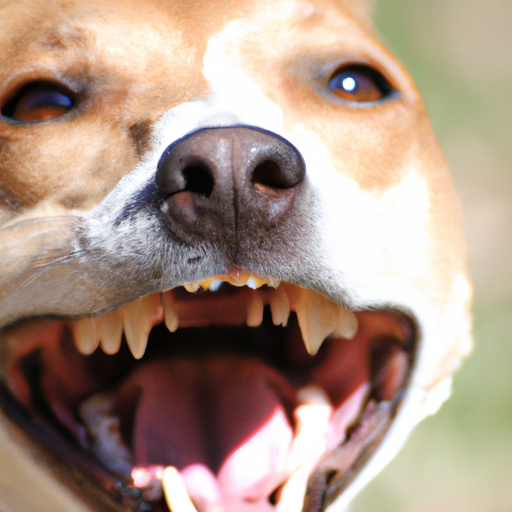How Often Do Dogs Go Into Heat?
You may be wondering about the frequency of a dog’s heat cycles. This is especially relevant if you own a female dog and do not wish to breed her. Whether you are a new dog owner or just looking to find answers to understand your pet better, it is important to know about her heat cycle.
Female dogs typically go into heat approximately twice a year or every six months. However, it can vary depending on her breed and size. For instance, small dog breeds may experience heat cycles three times a year, while large dog breeds may go into heat only once a year.
Understanding Dog Heat Cycles
Don’t be surprised if one day your well-behaved fur baby starts showing strange, hide ‘n seek tendencies – it could be that she’s entered her heat cycle.
What a Heat Cycle Is
A heat cycle, scientifically referred to as ‘estrus’, is the fertile period in the reproductive cycle of female dogs when they can become pregnant. Similar to human menstruation, but not the same, this is the phase when unfertilized eggs are released from the ovaries.
Signs of a Dog in Heat
Understanding the signs of a dog in heat is a crucial part of being a responsible pet owner. Some signs vary from dog to dog but can include swelling of the vulva, change in behavior such as increased nervousness or aggression, frequent urination or even noticeable bleeding.
The Four Stages of the Heat Cycle
The canine heat cycle involves four stages: proestrus, estrus, diestrus and anestrus. Proestrus is the kick-off, where physical changes like swollen vulva and bleeding become apparent. The estrus stage follows which is marked by willingness to mate. Diestrus is the pregnancy phase if mating occurred or a calming down period if not. The final stage, anestrus, is a period of sexual inactivity before the cycle starts again.
Frequency of Heat Cycles
General Frequency in Dogs
Most unspayed female dogs come into heat twice yearly, but that’s just the general ballpark. So, if you’re wondering “how often do dogs go into heat” – more frequently or less, they could almost make an annual event of it, or flip the other way and only reach estrus once a year.
Influencing Factors on the Frequency
Several factors can influence the frequency of heat cycles in dogs. These include the size, breed, health condition and lifestyle of the dog. For instance, smaller breeds tend to come into heat more frequently than larger ones, while stressed or unwell dogs may have irregular cycles.
Variations Among Different Breeds
There are notable variations among different breeds in terms of heat cycle frequencies. For instance, Basenjis, an African breed of hunting dogs, are known to go into heat only once a year.

Age and Heat Cycles
When the First Heat Cycle Occurs
Typically, a puppy will experience her first heat cycle between six and eight months of age, but larger breeds might not cycle for the first time until they reach one year up to two years of age.
How Age Affects Heat Cycles
As your fur baby matures, her heat cycles might become more regular. Senior dogs, however, often experience less frequent heat cycles. It’s important to monitor your dog closely as she gets older since irregular cycles could indicate health issues.
Heat Cycles in Senior Dogs
Even older dogs will continue to have heat cycles, though they may become irregular or less frequent.
Duration of Heat Cycles
Average Length of a Heat Cycle
Most heat cycles last between two to four weeks. However, each phase within the cycle varies in duration.
Why Duration May Vary
The duration of the heat cycle could be influenced by factors such as breed, age, overall health condition, and genetics.
What Happens During Each Cycle Phase
During proestrus, your dog may show signs of being in heat but isn’t ready to mate. Estrus is the mating phase which can last for ten days. Diestrus follows, in which she could have conceived puppies. In anestrus, the dog remains sexually inactive.

Mating During Heat
When Dogs in Heat are Most Fertile
The most fertile time for a female dog during heat is approximately 10 to 14 days into the cycle.
Risks of Mating During Heat
It’s important to know there are potential risks to be aware of when allowing your dog to mate during heat. These include the chance of infection, unplanned pregnancies, and risk of sexually transmitted diseases.
Effects of Heat on Dog’s Behavior
Your dog’s behavior might change while she’s in heat. She might become agitated, nervous, or more affectionate. Changes are mostly hormone-driven.
Caring for a Dog in Heat
How to Keep Dog Comfortable
Keeping your dog comfortable during her heat cycle is important, and there are many ways to do this. Plenty of physical activity, comfortable bedding, and a quiet place to rest can ease her discomfort.
Dealing With Behavioral Changes
Your usually cuddly furry friend might get a little pushy during her heat; understand it’s due to her hormones. Changes like nervousness, aggression, or even increased affection can occur.
Dealing With Physical Changes
Physical changes also occur. She might urinate more frequently, and spotting is common. A protective cover can prevent any staining around the house.
Health Risks of Heat Cycles
Potential Complications
Like any biological process, heat cycles pose potential health risks. These could include infection, false pregnancies or complications during pregnancy if mating happens.
Concerning Signs During Heat
Heavy bleeding, prolonged heat, or behavioral changes could indicate complications. Be alert to changes that might require a vet’s attention.
Long-Term Health Risks
Unspayed dogs are at risk of conditions like pyometra and mammary cancer. Regular veterinary checkups help detect these in time.
Preventing or Delaying Heat Cycles
Spaying Procedures
Spaying – an operation to remove the dog’s ovaries and uterus – is the most common way to prevent heat cycles.
Hormonal Treatments and Medications
Hormonal treatments can also delay or prevent heat cycles, although these can come with side effects too.
Potential Complications of Prevention Methods
While spaying does prevent heat cycles, it’s not without risks. Potential complications could include obesity, urinary incontinence, or behavioral changes.
Heat Cycles and Pregnancy
Chances of Pregnancy During Heat
A female dog has a high chance of becoming pregnant if she mates during the estrus phase of her cycle.
How Heat Cycles Change During Pregnancy
Once a dog becomes pregnant, her heat cycles will stop until after she’s given birth and weaned her puppies.
Neonatal Care for Dogs
Taking care of puppies is a big task, requiring close monitoring of their health, ensuring proper nutrition, and providing an adequate environment for growth.
When to Consult a Veterinarian
Unusual Signs During a Heat Cycle
If your dog shows unusual signs – excessive bleeding, irregular cycle, aggression that seems out of control – it’s time to consult your vet.
Concerns About a Missed Heat Cycle
Missed heat cycles can sometimes indicate serious health concerns, like a hormonal imbalance or an inactive reproductive system. A vet check is a good idea if you’re concerned.
Health Concerns After Mating During Heat
If your dog mated during heat and now shows signs of discomfort, disinterest in food, or lethargy, get in touch with a vet. It’s important to ensure your dog’s health throughout a potential pregnancy.







